Tag: antique
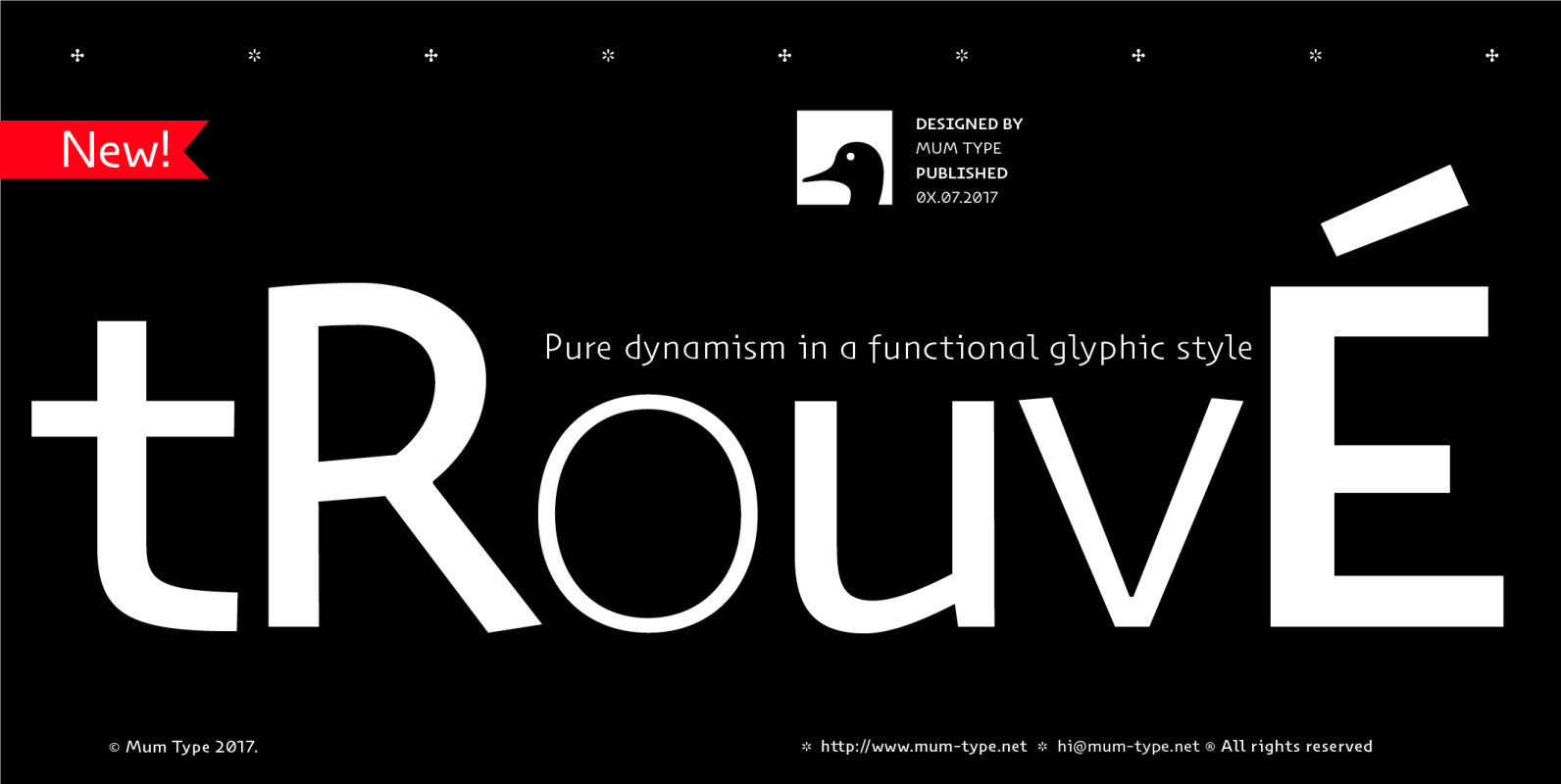
Trouve Font
When we started Trouvé, we read about some old paleontologist who found an old greek inscription back in the days. The anecdote tells that when he found the inscriptions on the stones, he jelled “trouvé! trouvé!.”. Now Trouvé is an
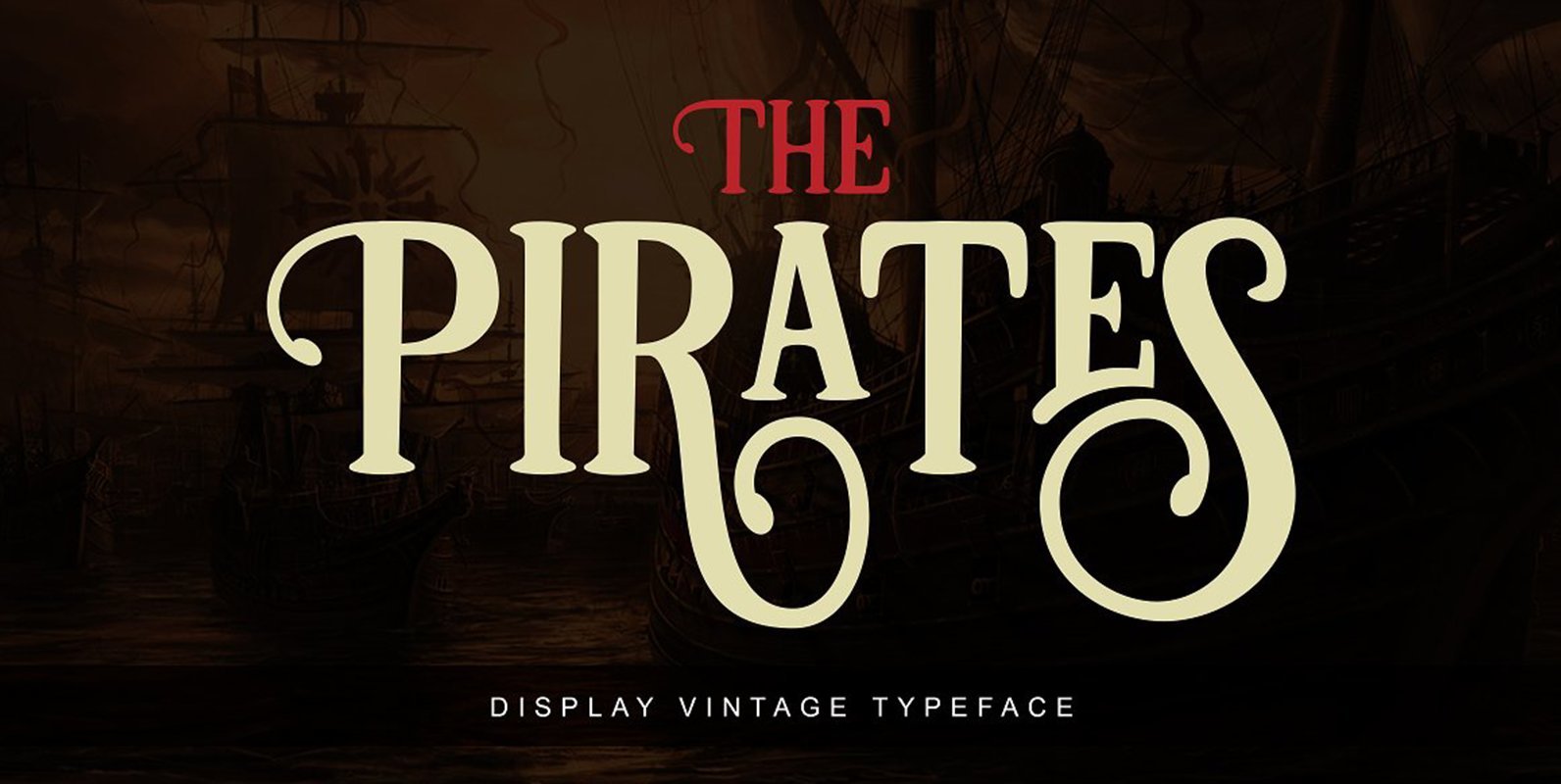
Pirates Font
Pirates is a display serif design published by Unicode Studio. Features : – Initial Alternates – Contextual Alternates – Standard ligatures – Stylistic Alternates – Stylistic sets – Basic Latin A-Z and a-z – Numbers – International Symbols Support Published
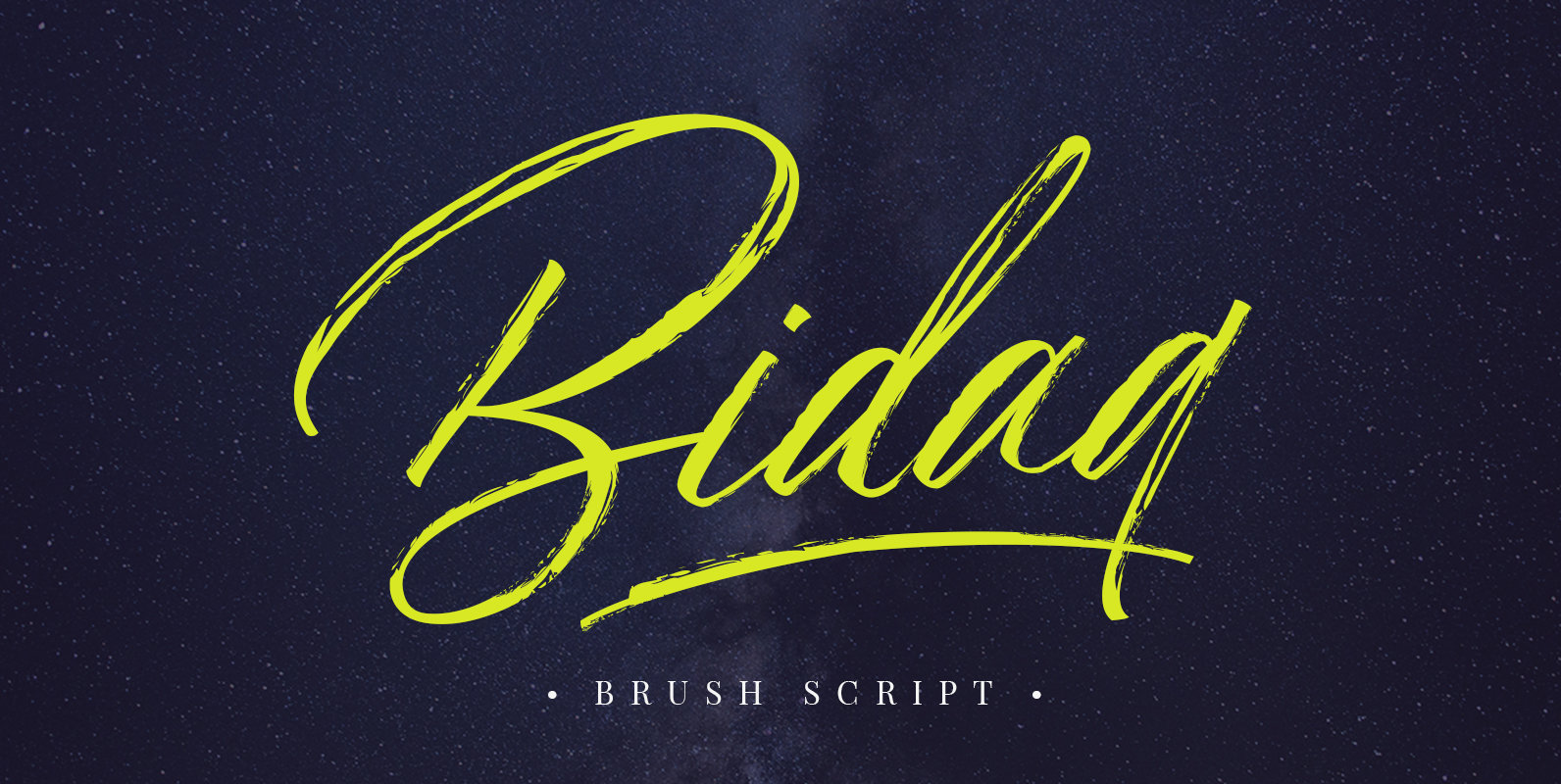
Bidaq Brush Font
Bidaq Brush is an informal and slightly distressed script design, published by Pixifield. Published by Pixifield Download Bidaq Brush
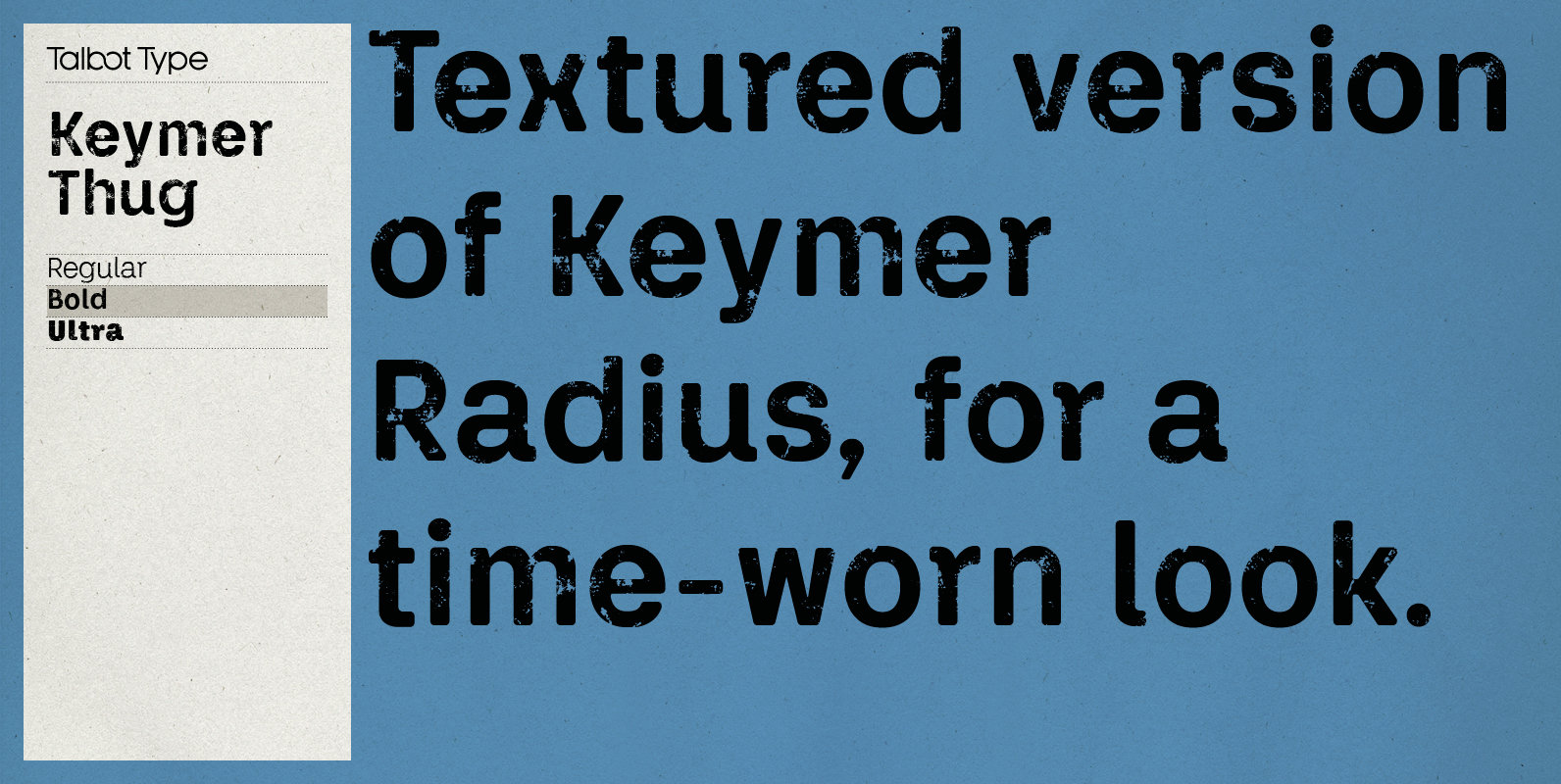
Keymer Thug Font
Talbot Type Keymer Block is a display face available in three weights, it is a distressed variation of Keymer Radius. Its textured look brings a characterful, time-worn quality. Keymer Block features an extended character set to include old style numerals,

P22 Regina Font
Regina is a calligraphic-influenced hybrid light-face Tuscan-serif roman with a companion swash italic. Published by P22 Type FoundryDownload P22 Regina
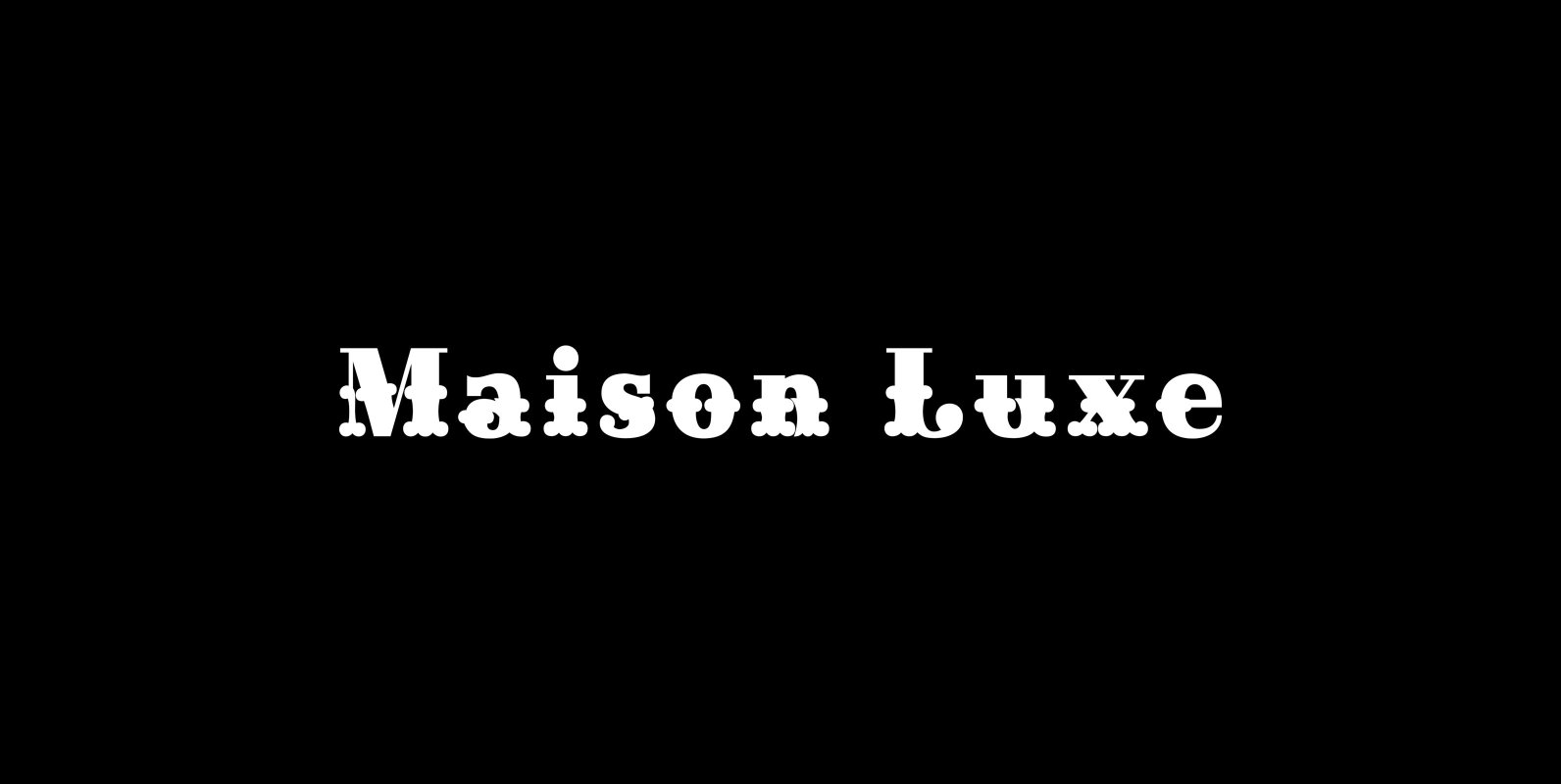
Maison Luxe Font
Maison Luxe is a revival of a very old font designed in France in or around the year 1820. You may have seen this font in the past under the names of Circus, Roma, Madame and Gillé Classic. As of
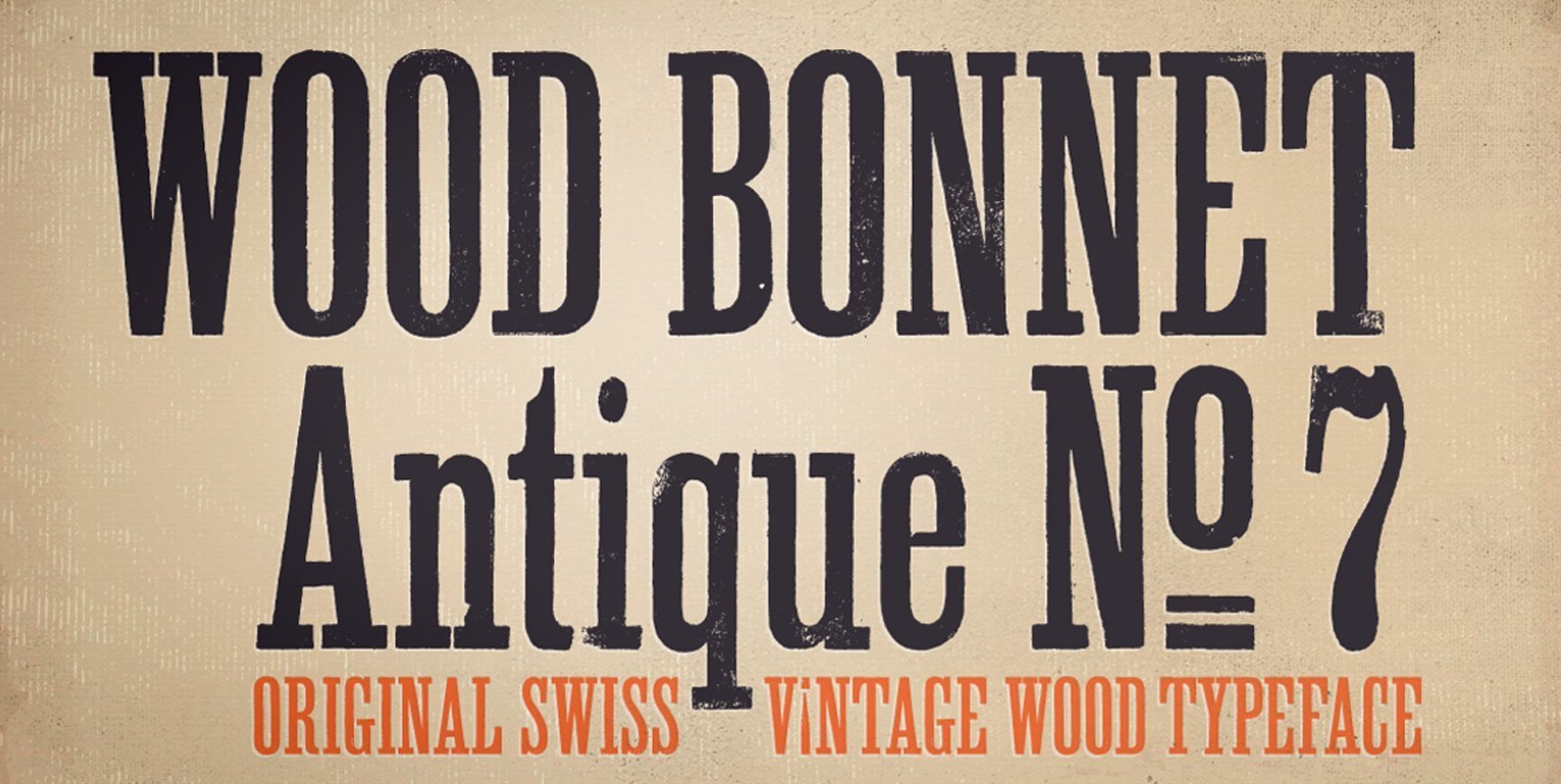
Wood Bonnet Antique No7 Font
Wood Bonnet Antique No.7 is based on real vintage wood type blocks from Switzerland. The very distressed letters give a warm analogue vintage charm on printing. The font offers up to four glyph variations of all the Latin base letters,
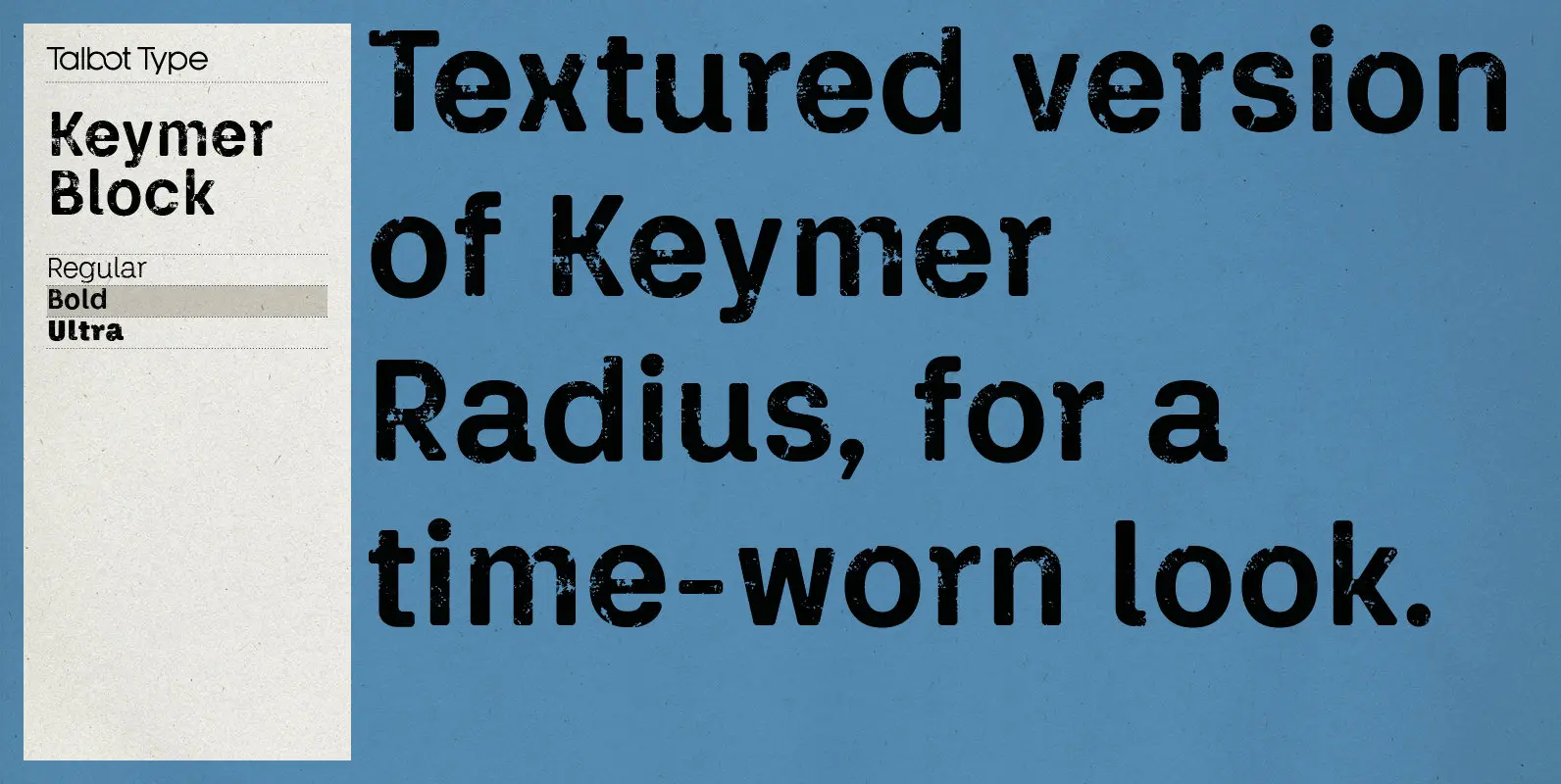
Keymer Block Font
Talbot Type Keymer Block is a display face available in three weights, it is a distressed variation of Keymer Radius. Its textured look brings a characterful, time-worn quality. Keymer Block features an extended character set to include old style numerals,

Bidaq Font
Bidaq is an elegant, hand lettered script design published by the designer Pixifield. Published by Pixifield Download Bidaq

Texas Hero Font
The first font to simulate actual old penmanship, Texas Hero is modeled chiefly on the handwritten script of Thomas J. Rusk—who served as commander of the Texas Army, chief justice of the Texas Supreme Court, and one of the state’s
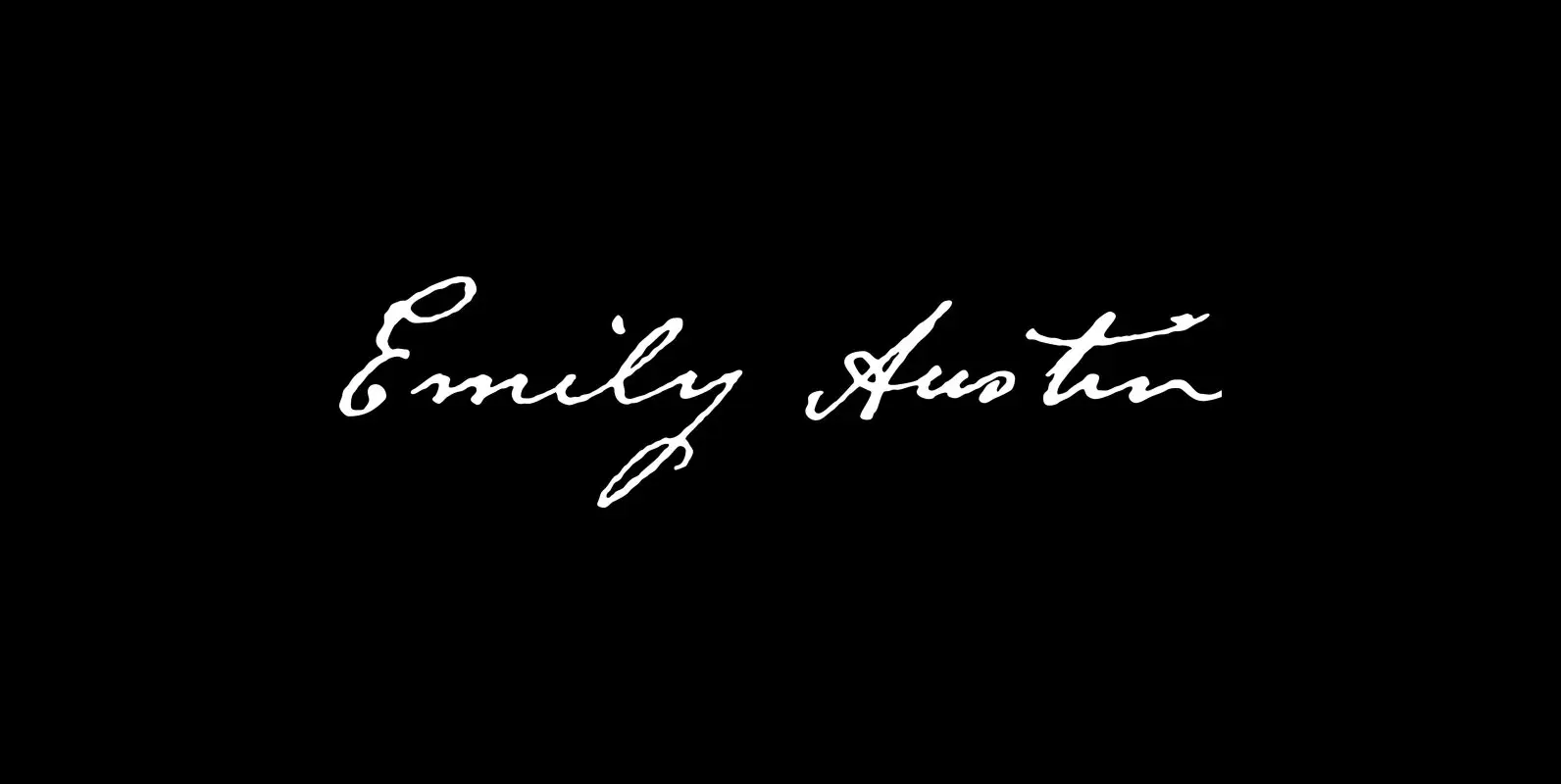
Emily Austin Font
Emily Austin is modeled after the penmanship of Emily Margaret Austin (Bryan) Perry, an early Texas colonist along with her brother, Stephen F. Austin, for whom the state capital was named. Specimens were letters dating from 1837 until 1851, the
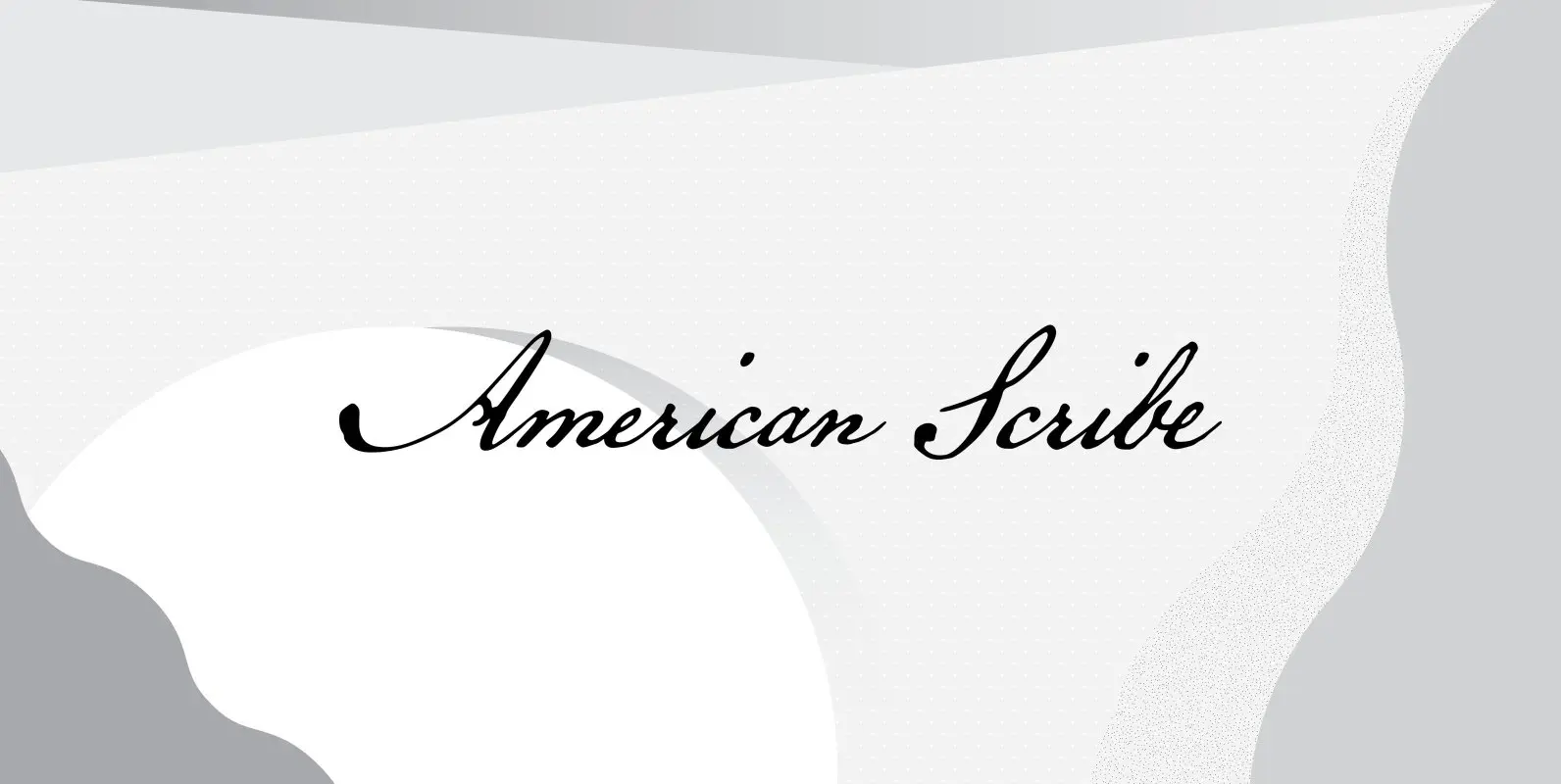
American Scribe Font
American Scribe simulates the penmanship of Timothy Matlack, generally agreed to be the scribe of the famous, engrossed copy of the Declaration of Independence (written, of course, by Thomas Jefferson). Matlack—whose clear, compact script is perhaps the most familiar handwriting
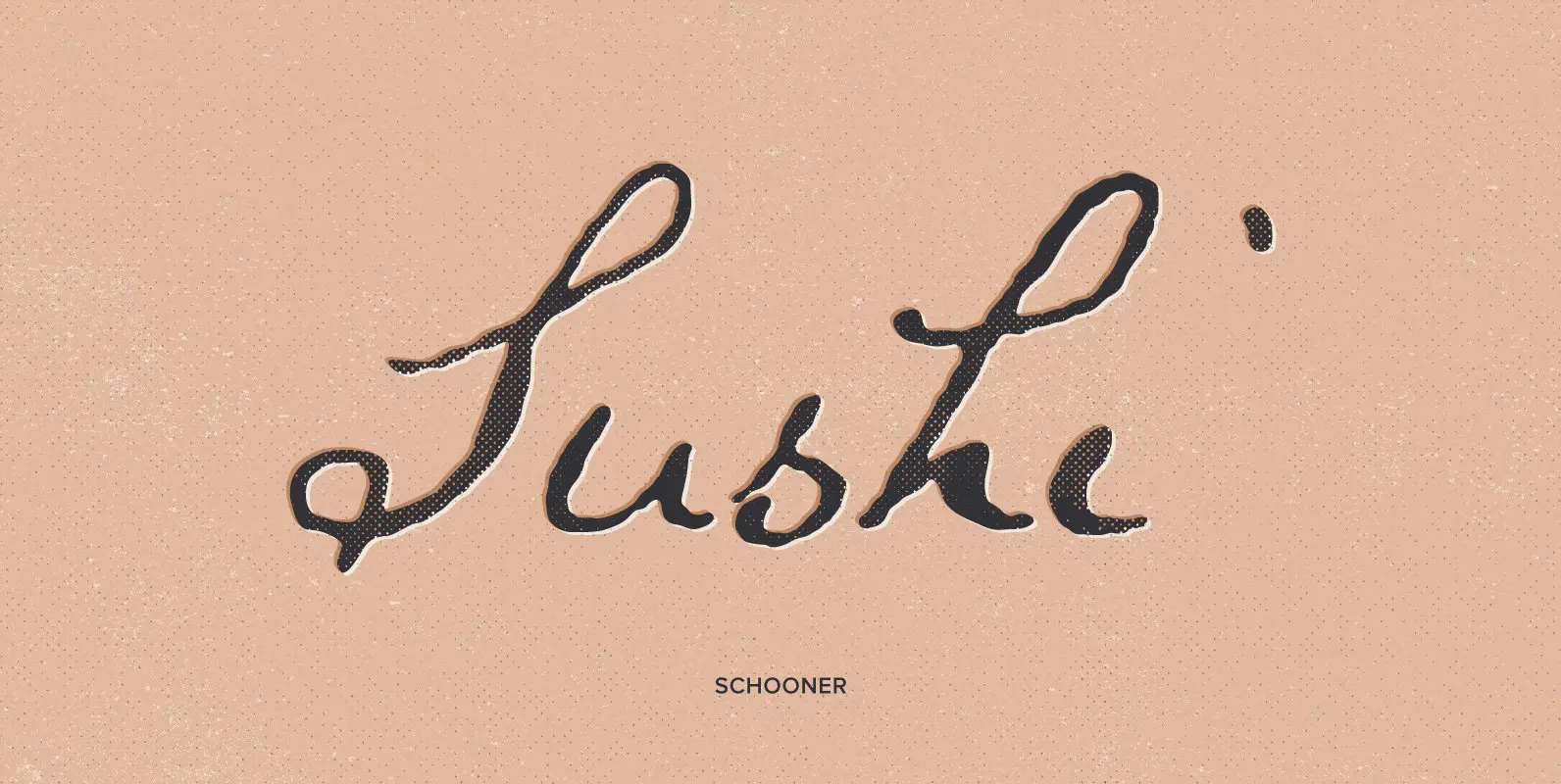
Schooner Script Font
Schooner Script replicates the handwriting of Samuel Clarke, pastor of a church in Princeton, Massachusetts, in a letter to his congregation dated 18 September 1825—a plea for donations to help some families who lost their belongings in an accident at
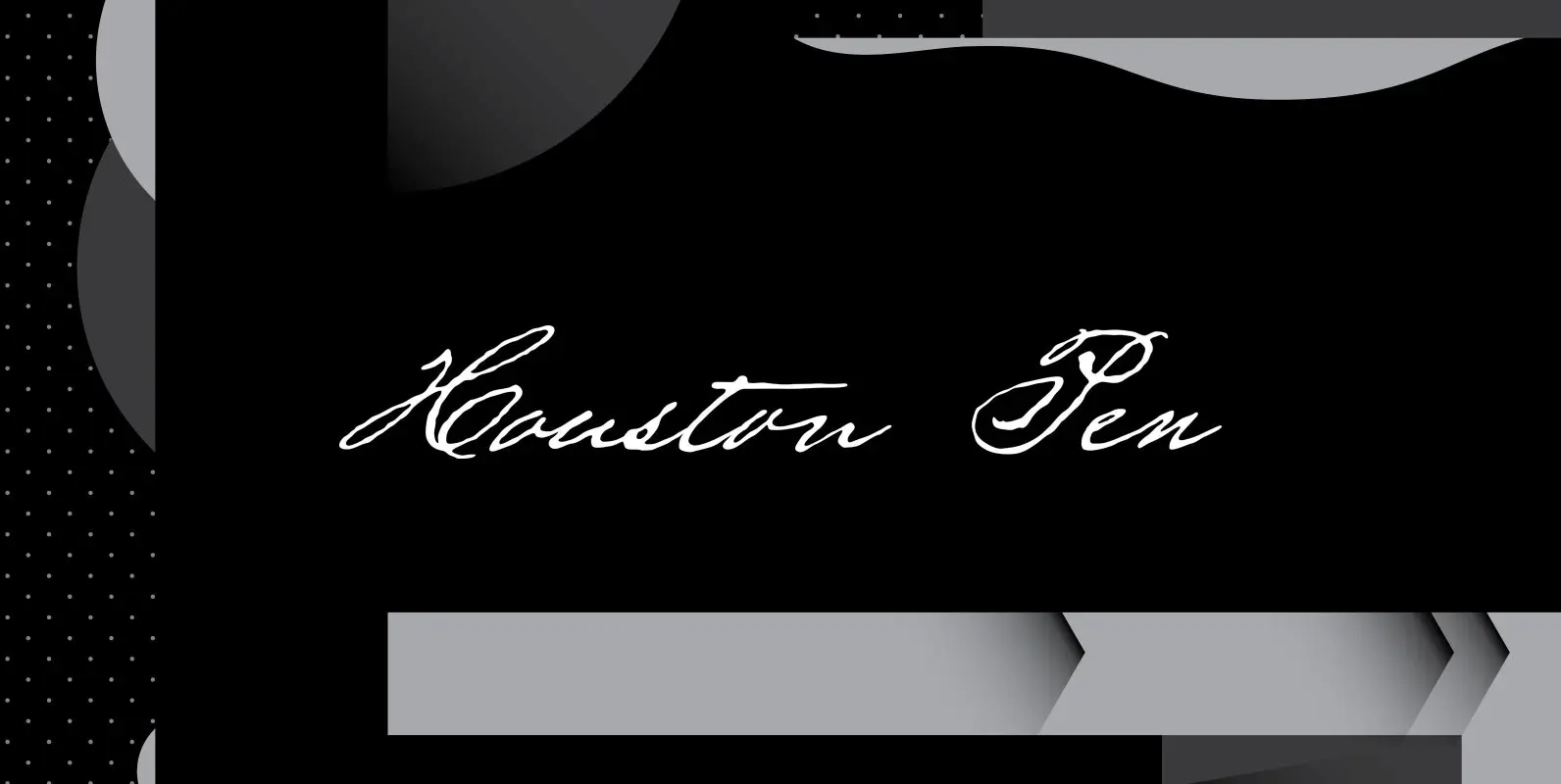
Houston Pen Font
Houston Pen replicates the handwriting of Sam Houston, perhaps the most famous Texan, in letters dating from the 1830s to the late-1850s. Much like the man himself, Houston’s handwriting stood fairly large on the page and had a distinctive flourish
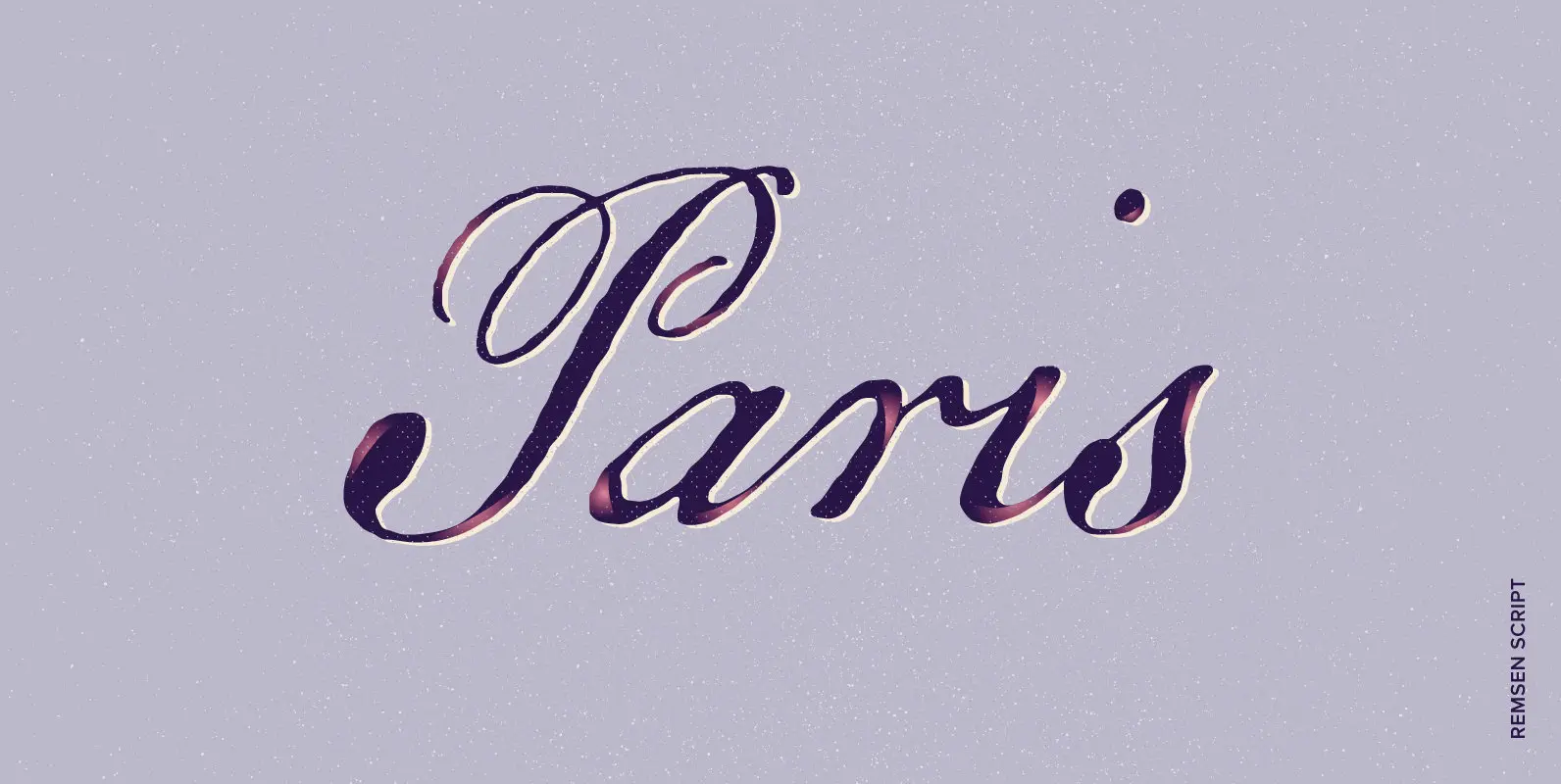
Remsen Script Font
The 1765 Stamp Act ignited in American colonists a simmering distrust of the distant British Parliament, whose oppressive trade duties they deemed unfair assaults on their rights as English subjects. Before long, of course, this little dustup spawned The Boston
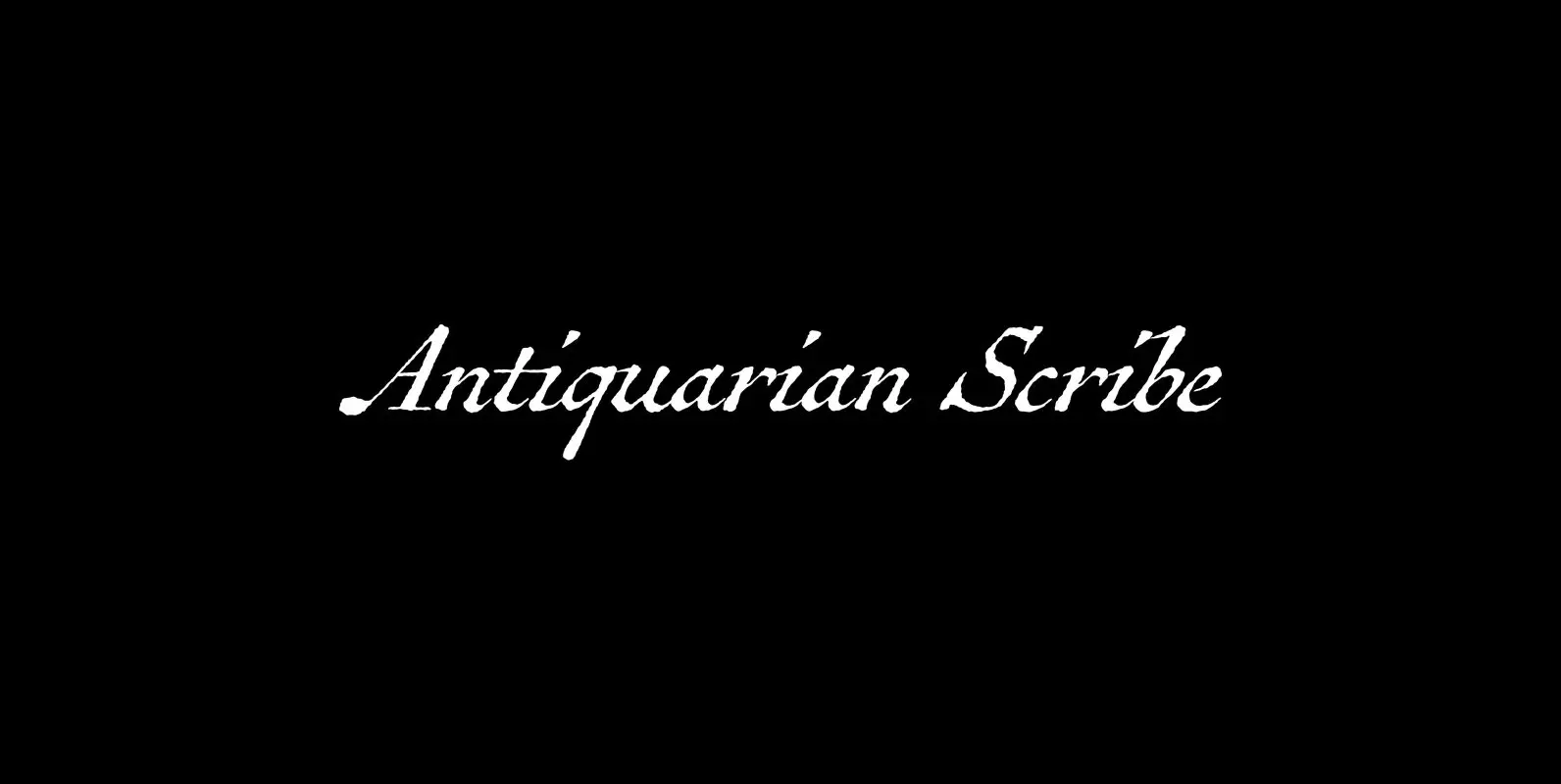
Antiquarian Scribe Font
Antiquarian Scribe is modeled after the neat, oblique hand-lettering displayed on an original page of “Atlas Historique, ou Nouvelle Introduction a L’Histoire”—a world atlas published by Henri Abraham Chatelain between 1705 and 1732 in Amsterdam—that I picked up at an
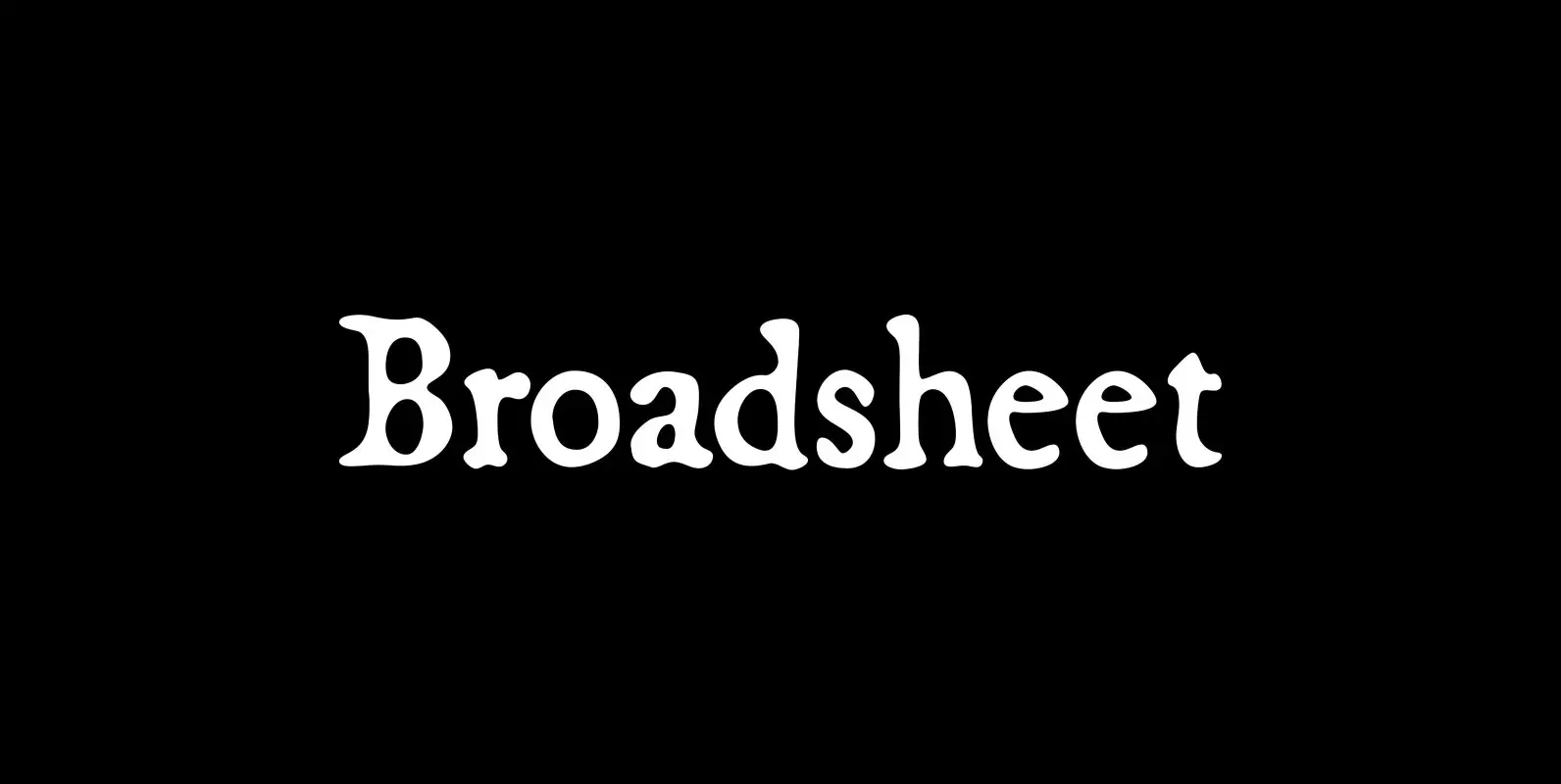
Broadsheet Font
Broadsheet simulates old newspaper text from the 1700s, chiefly from two specimens: an original copy of The New-England Weekly Journal, published in Boston on April 8, 1728, and a commemorative reprint of the Massachusetts Sun, published in Worcester, Mass., on
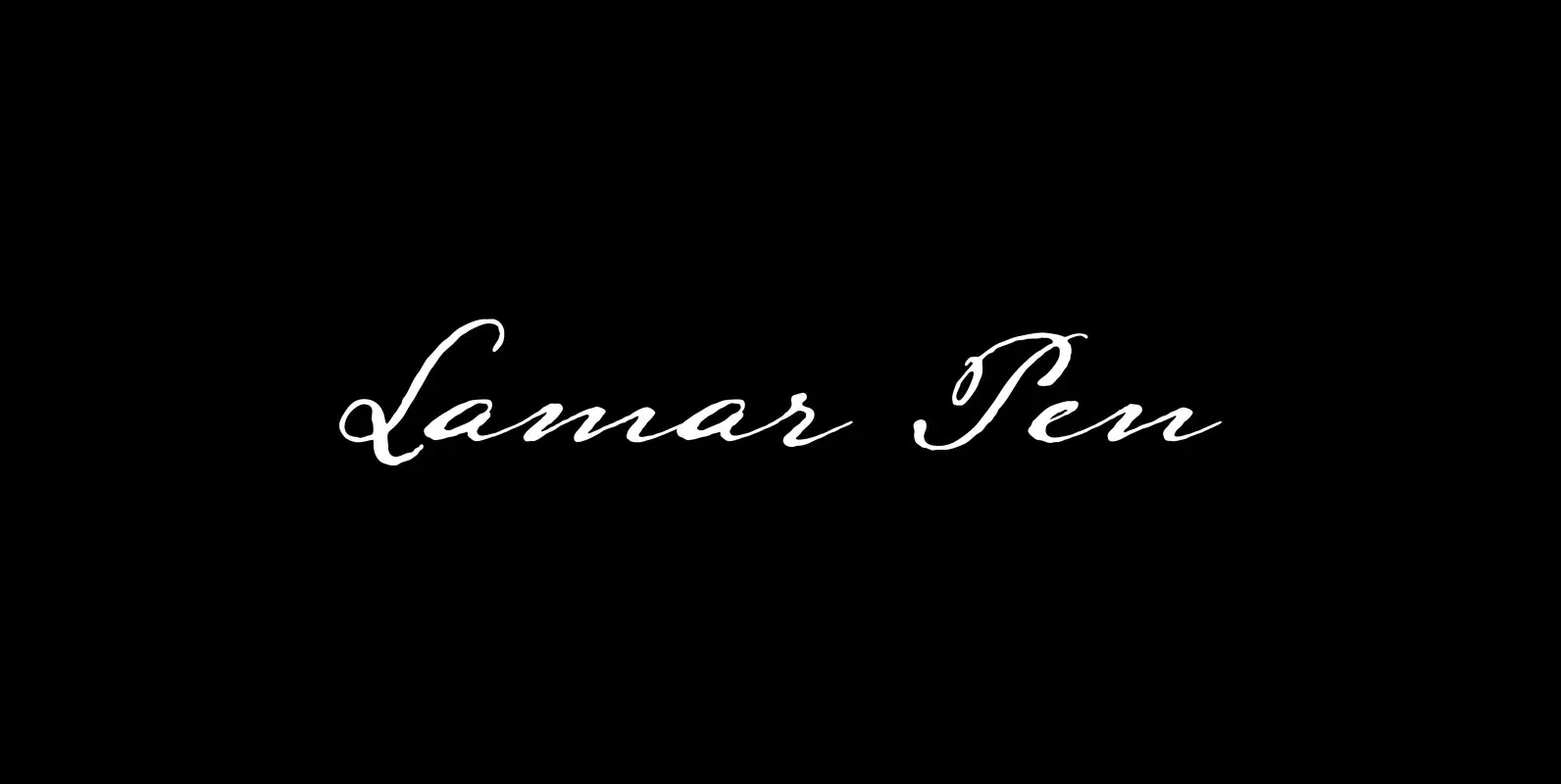
Lamar Pen Font
Lamar Pen gets its name from Mirabeau Buonaparte Lamar, whose penmanship it’s modeled after. Lamar, born in Georgia in 1798, migrated in 1835 to Texas, where he supported—and the following year fought for—the then-Mexican province’s independence. He stuck around, too,